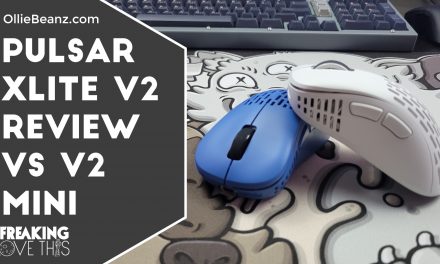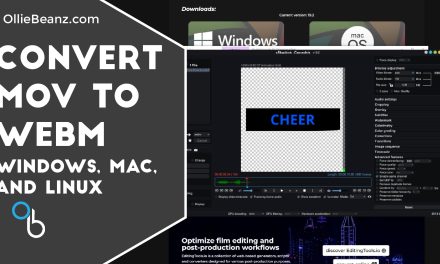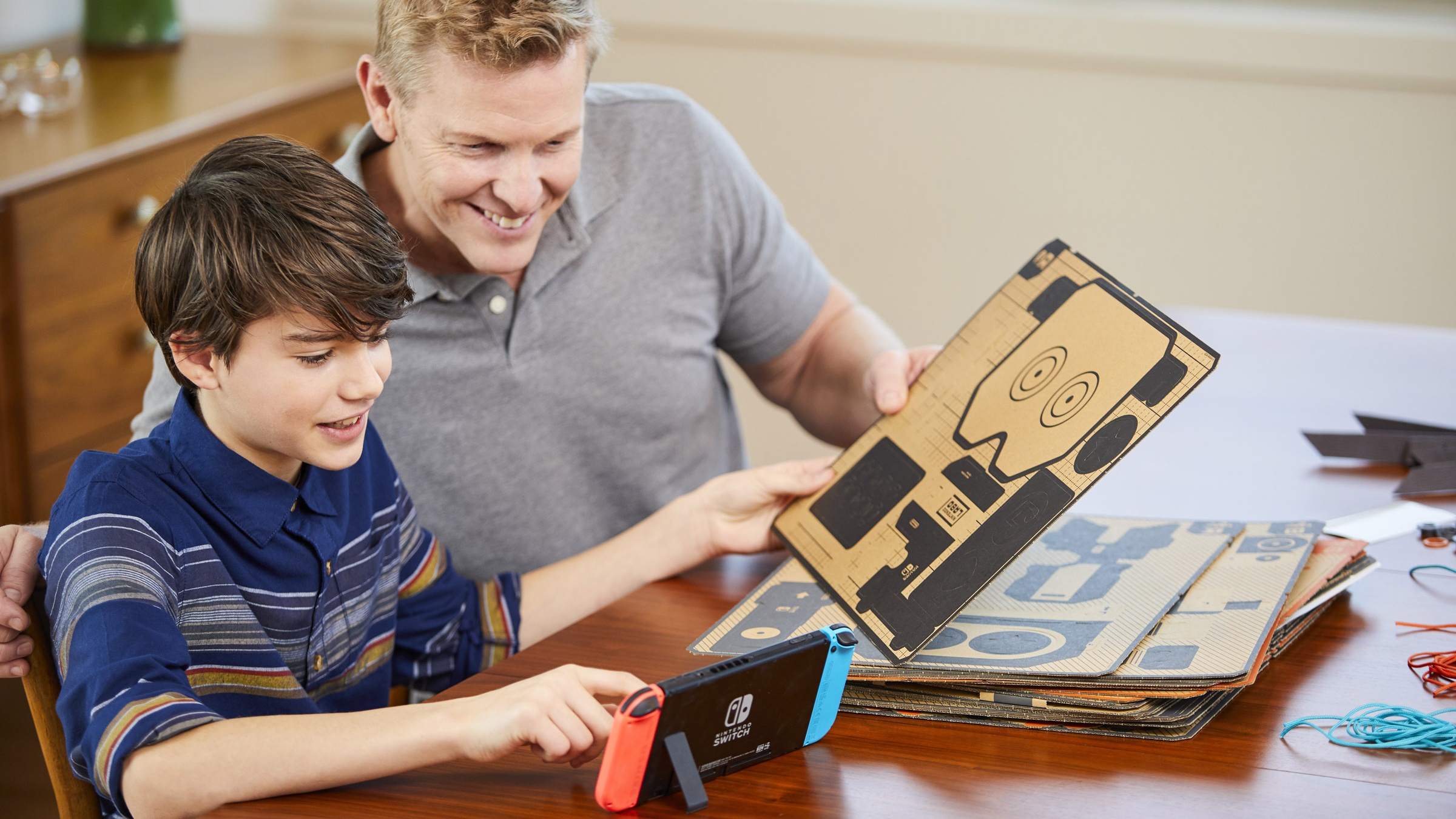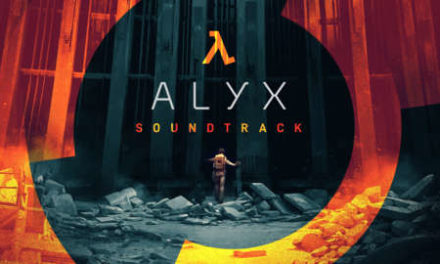
Forget VR and AR, Nintendo Labo puts the future in your hands
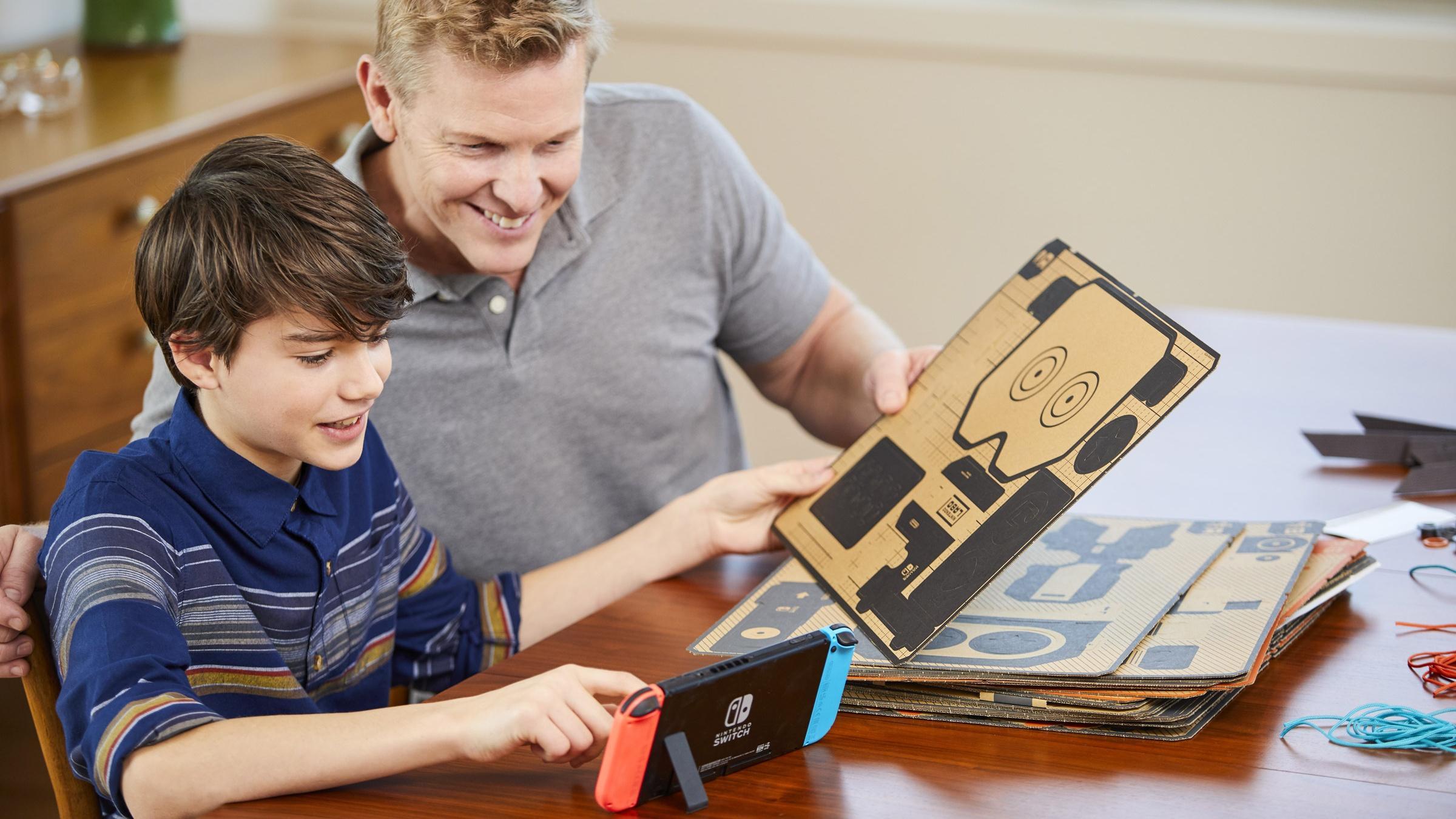
Nintendo is a company which is famous for swimming against the tide, confounding expectations and doing precisely the opposite of what everyone anticipates.
While rivals such as Sony and Microsoft pour millions into developing Virtual Reality and Augmented Reality for applications within the world of gaming, Nintendo seems to delight in pushing in the opposite direction.
Just as the HD revolution was beginning in the middle of the previous decade, Nintendo released a Standard Definition console which used bizarre motion controls; the Wii promptly conquered that hardware generation with over 100 million systems sold.
Going against the grain
When the shiny Sony PSP was on the horizon, Nintendo put its faith in touch control instead of powerful portable hardware, and emerged victorious with the Nintendo DS. Even earlier than that, it created a monochrome handheld in the form of the Game Boy and bested colour-screen rivals from the likes of Sega and Atari without breaking a sweat.
Fast forward to the present and we’ve just been served Nintendo’s latest curveball: Labo.
In its most basic form Labo is a series of cardboard kits which come flat-packed and have to be assembled by the player, with assistance from interactive 3D instructions which play out on the Switch’s screen.
These kits include a remote control car (it’s more like a bug really), a fishing rod and even a functioning piano. Each one takes between 15 minutes to two hours to fully complete.
Nintendo has effectively created a new way to play using one of the most basic materials available – it’s reminiscent of the way the late, great Gunpei Yokoi took the humble LCD display and created the million-selling Nintendo Game & Watch range of handhelds in the early ’80s. It’s a move which is so deliciously Nintendo it’s a wonder we didn’t all see it coming.
Classic Nintendo
So how does Labo work? Upon opening the box you’re presented with the game itself, which has to be inserted into your Switch. Selecting the “Build” tab, you can pick the model – or “Toy-Con” as they’re known – that you wish to construct.
The instructions are then played out on-screen, with the model appearing in full 3D. If you want to see the model from another angle or manipulate it, it’s simply a matter of using the console’s touchscreen. If you make a mistake you can rewind the step, or – if you’re really clever – you can fast-forward the process.
At some point, the game will ask you to place the Joy-Con or Switch tablet in the Toy-Con model. It’s this element that takes this concept to the next level. In the most basic Toy-Con, the RC Car, the Joy-Con’s HD Rumble function is used to “push” it along flat surfaces and make turns.
You can have races or even use the right-hand Joy-Con’s infrared (IR) camera to see where the Toy-Con is going. All of this is controlled using the Switch touchscreen, which even comes with its own cute cardboard antenna to make it feel like a traditional remote control.
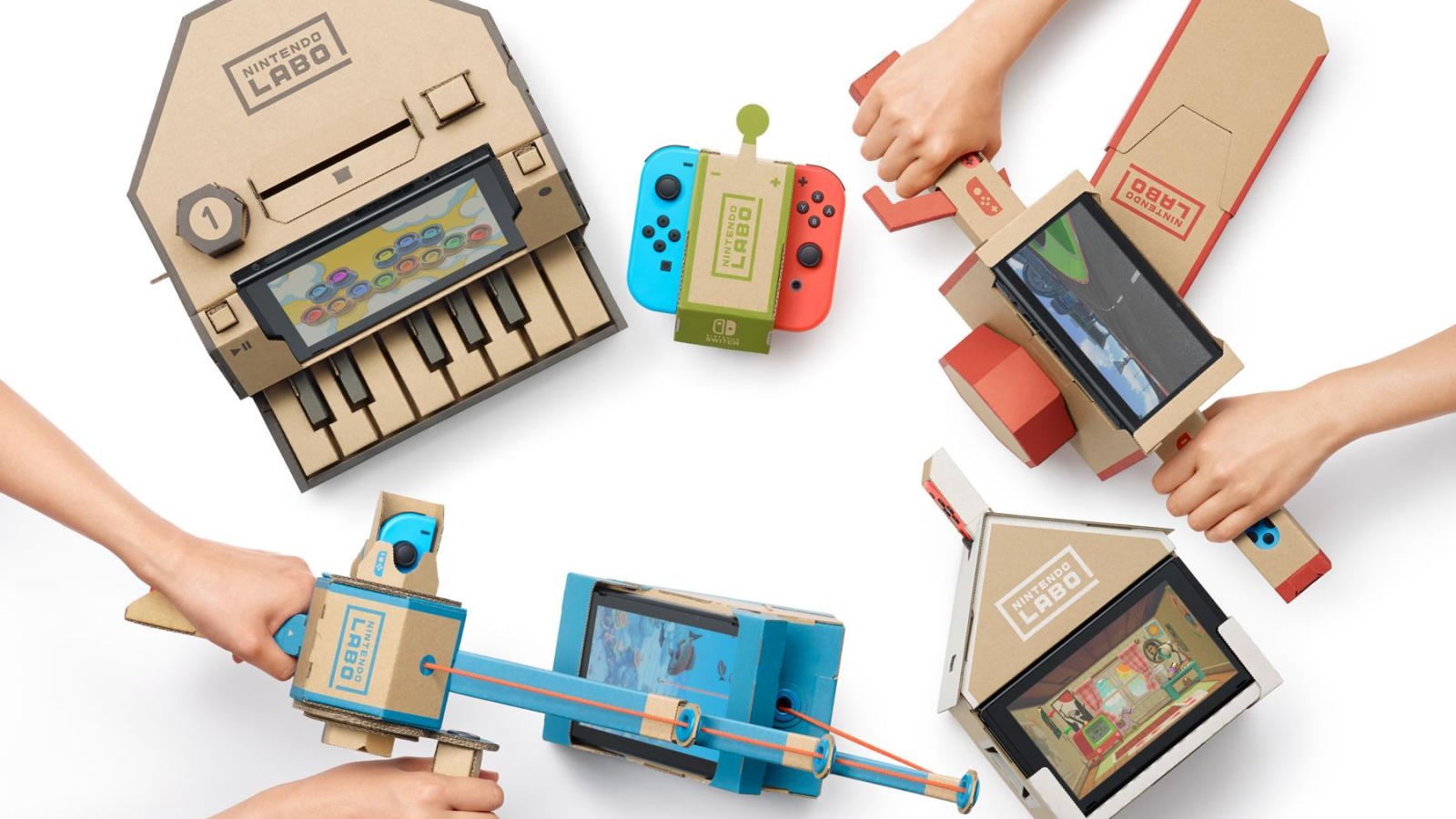
Other builds – like the fishing rod and motorbike – are marvels of engineering, with designs that reinforce potential weak points to ensure that they don’t fall apart after a few hours.
However, the true star of the show (at least in the standard “Variety” pack) is the piano; this uses the right-hand Joy-Con’s IR camera to pick out strips of reflective tape on the back of each key. Press the key and the camera sees the strip pop up so it can tell the Switch to play the correct note. It’s a remarkable setup which doesn’t become any less amazing even when you know exactly how it works.
Cardboard creativity
The second Labo kit revolves around a single build: a robot. The amazing thing here is that instead of constructing a cyborg out of cardboard, you become the robot.
This is possible thanks to a backpack containing the right-hand Joy-Con which is able to “watch” a series of strings on which there are reflective tapes attached. These strings are connected to your hands and feet, and your real-world movements are accurately translated into the game itself, where you assume the form of a massive mech as it walks around a 3D landscape.
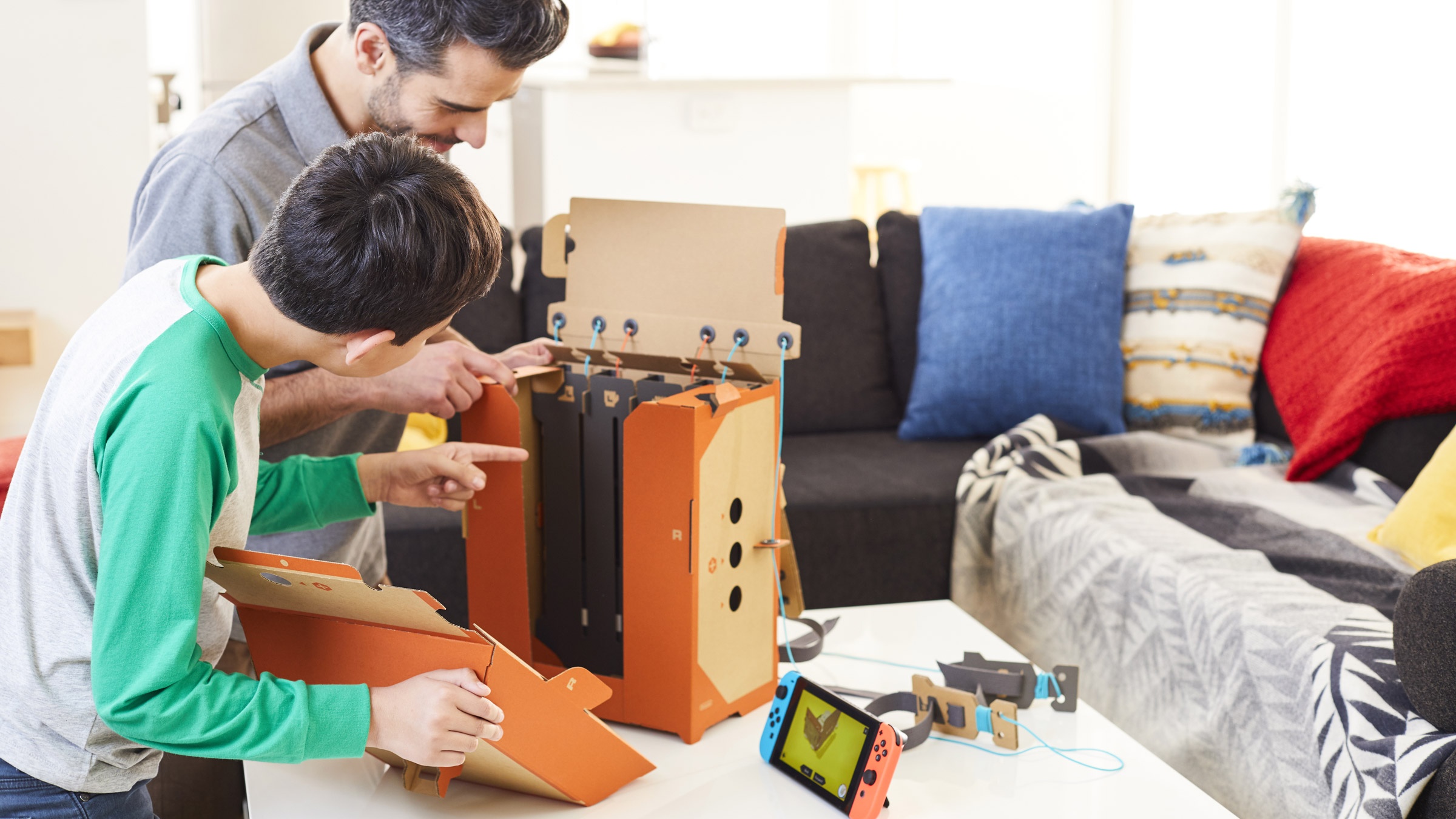
Both of these packs will cost roughly the same amount of cash – £59.99 and £69.99 ($70/ $80 and AU $100/ AU $120) – and it is expected that Nintendo will release more Toy-Cons in the future (the promotional video released for Labo certainly shows other models that are not included in these kits).
There’s also going to be a customization kit packed with tape and stickers. This aspect is one Nintendo is keen to push; not only can you make your Toy-Con visually unique, you can repair any damage easily with a roll of tape, giving these models increased longevity. For those times when the Toy-Con is beyond repair, we expect Nintendo to offer some kind of re-order service, with a small fee, but that hasn’t been confirmed officially.
Can Labo really be more than just a gimmick? After all, we’ve been here before, what with the endless line of terrible plastic attachments for the Wii Remote, or the amiibo fad which only seems to appeal to die-hard collectors of toys rather than gamers.
Is Labo just an excuse for Nintendo to sell us cardboard?
A Labo of love
While it’s always wise to remain somewhat skeptical of “new ways to play”, it’s clear that a lot of thought and energy has gone into creating Labo, despite the fact that it uses cardboard as its foundation.
There’s some impeccable engineering at work here, and the “game” portion has surprising depth – depth that will certainly keep you playing long after you’ve built every Toy-Con. There’s also the future of the system to contemplate; Labo could potentially be used to teach basic programming, with the IR camera picking out different signals and producing different effects on-screen.
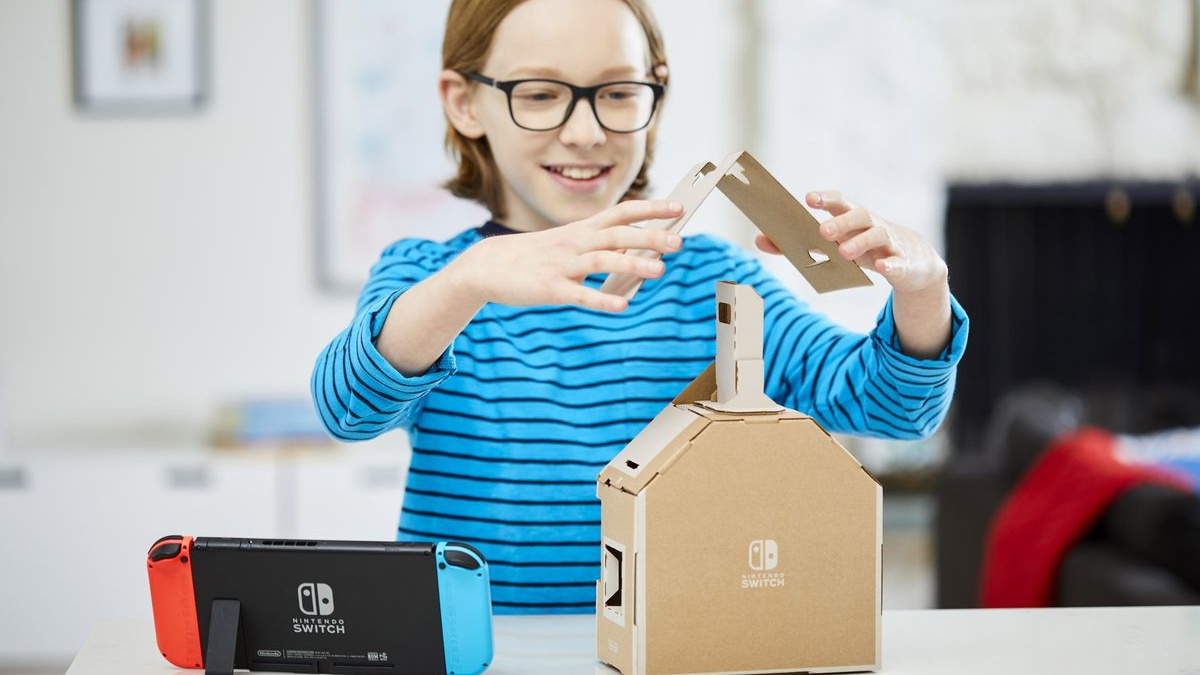
Ultimately, Labo is simply Nintendo doing what it does best: making toys. The company’s history is built on the art of play; it started out manufacturing Japanese playing cards over a century ago and in the ’60s its fortunes were revived by mechanical and electronic toys like the Love Tester and Ultra Hand.
Labo is the kind of thing only a company like Nintendo – whose history has always been about the joy of play – could create. Once again, the firm has eschewed industry trends to craft a new market for itself. It remains to be seen if the gamble will pay off, but we can’t wait to see what the future of Labo holds.
Source:: TechRadar Gaming Feed


